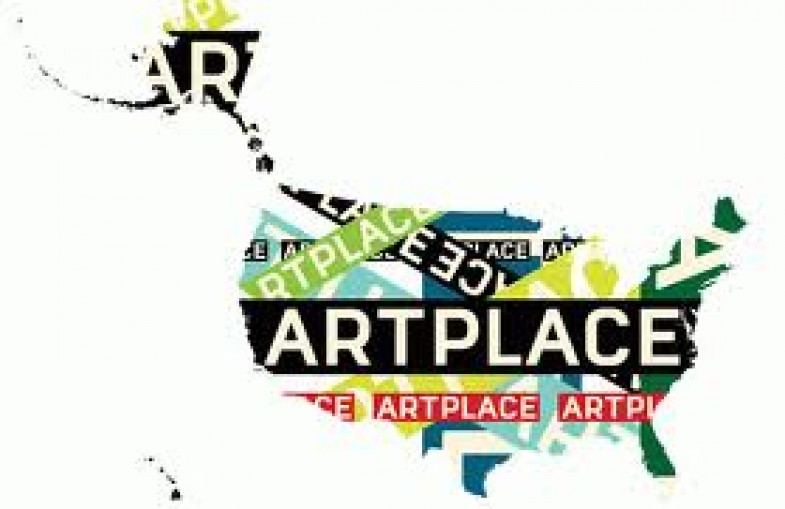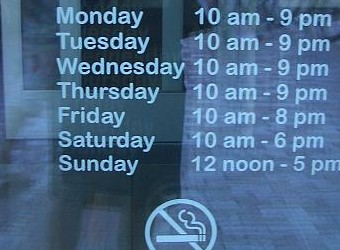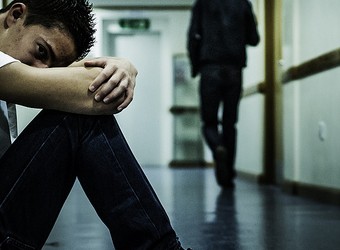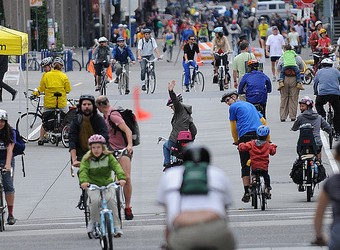The creative community is experiencing an unprecedented interest in the arts’ ability to impact public life. Just one example is ArtPlace, an Obama administration catalyzed collaboration of thirteen leading foundations, eight federal agencies—including the National Endowment for the Arts—and six of the nation’s largest banks. ArtPlace focuses primarily on creative placemaking, or “investing in art and culture at the heart of a portfolio of integrated strategies that can drive vibrancy and diversity so powerful that it transforms communities.”
These are strong and welcome words; however, this exciting development bumps up against at least three other opposing cultural trends.
- Artists are being called on to play a deepening and central role in the revitalization of our nation’s communities at the same time as art and music education have, due to budget considerations, been cut from many public schools. How do these two realities co-exist?
- “Creative placemaking” and “social practice art” may be the buzzwords du jour, but these practices are not new; indeed many artists have been employing interactive public methods for years in both their personal art making and activism. Despite interest within certain circles of influence, these forms continue to be considered non-traditional, and often marginal, practices by many. They are often rooted in activism, and therefore plagued by “But Is This Art?’ eyebrow-raising.
- Access to the traditional avenues on which artists make an income and pay for supplies, a studio, and maybe their rent can be problematic for the social practice artist. This art not always easy to document, which can be crucial for grant funding. Often you can’t sell the art that evolves from these genres—it is temporal, living only in the moment of making and in memory, in the heart of the artists and their co-creators.
Does Creative Placemaking Result in Gentrification?
ArtPlace has awarded 80 grants totaling $26.9 million—a staggering investment rooted in the belief that art and creative placemaking has the power to fundamentally, and economically, impact community.
But what does that look like on the ground? Who are, or should be, partners in this work? How do artists, dancers, writers, poets, filmmakers, and musicians navigate the relationship and expectations between bankers and bureaucrats, neighbors and citizens? How can creative placemaking avoid becoming a catalyst for the kind of gentrification that ultimately separates people, including artists, from their neighborhoods when property values increase? Can socially active artists continue cutting edge work that is often an inherent critique of current policies and power structures within these frameworks?
The essential question is this: “How do artists change communities—and the world—for the better?” And how will their impact be measured? Will analyzing “vibrancy indicators,” as ArtPlace plans to do, affect artists and their work? Will they be incentivized to “teach to the test,” so to speak? And what about positive impacts and outcomes that can’t measured in surveys and graphs?
At this point in the growing national conversation on the role of arts in sustaining and revitalizing community, the questions far outweigh the answers. The increased Arts & Culture coverage in Commons Magazine will follow the latest developments and be a part of this vital dialogue.
Camille Gage is Artist in Residence at On the Commons







